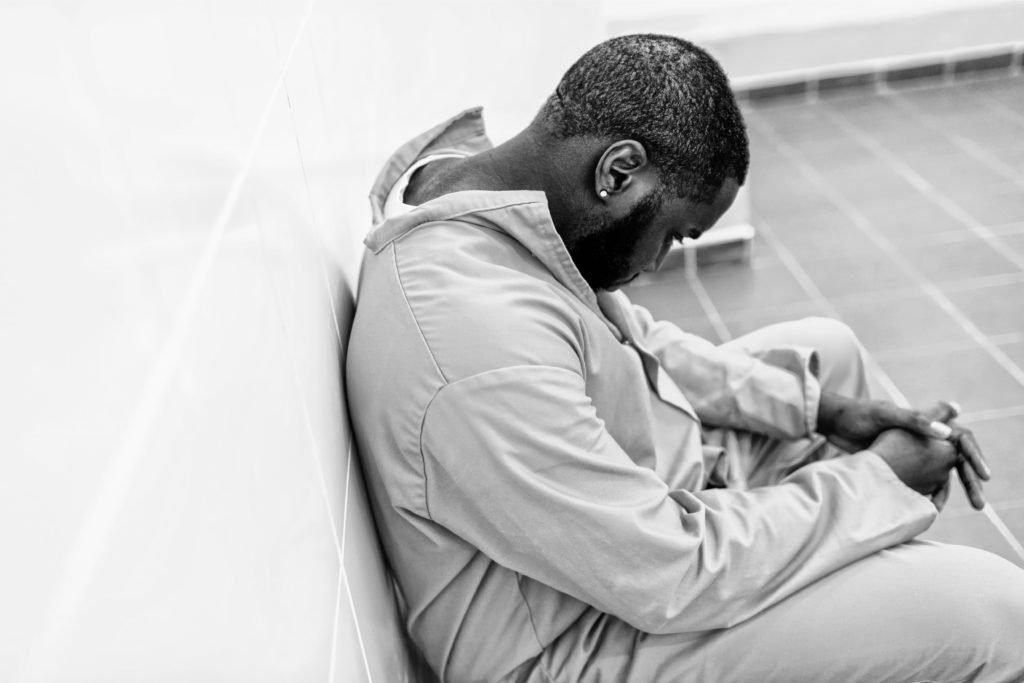
70% of California Prison Inmates Will Not Get Adequate Rehabilitative Programming
CDCR Report 2018-113, page 23
70% of California Prison Inmates who were deemed medium to high risk to return to prison were not given rehabilitate Program during their incarceration
70% of inmates not given any rehabilitative programing to help them stay out of prison. This data (from the California CDCR Prison Report) is incriminating on the prison system itself. The “R” in CDCR is for Rehabilitation, however by the California prison own admission, they have not been doing Rehabilitation by denying inmates rehabilitation programming that will keep them from returning to prison.
Rehabilitative programs include programs such as giving inmates access to employment training, education and training that improves social skills, positive behavior and mental health. Without these programs, inmates are doomed to return to prison according to California Prison data.
Corrections’ policies require that it place inmates into rehabilitation programing waiting list within five years of their scheduled release, depending on the types of programs an inmate needs.
Unfortunately, many inmates are never placed on waiting list to receive rehabilitative training, never mind getting the actual training. Being placed on the waiting list is the first step toward getting the programming inmates need but this is not happening on a consistent basis. Keep in mind that being placed on a waiting list does not mean inmates get the programming they need because most will never receive programming.
Inadequate Prioritization of Rehabilitative Programs by California Prisons
CDCR Report 2018-113, page 26
In addition, the waiting lists that Corrections uses to prioritize inmates’ placement into rehabilitation programs do not reflect the priorities that Corrections identified in its blueprint.
There is not adequate prioritization of inmates who should get rehabilitative programing. Inmates who are high risk to returning to prison may not get any rehabilitative programing while inmates who are low risk to returning to prison will get priority programming.
Inadequate Staffing of Prison Rehabilitative Program
CDCR Report 2018-113, page 28
Corrections has yet to staff its rehabilitation programs at levels sufficient to meet its staffing goals for its rehabilitation programs.
Corrections has historically struggled with high staff vacancy rates for its academic and vocational education programs, which are run by its own staff, and this has limited the opportunities for inmates to participate in these two types of rehabilitation programs.
There is inadequate staffing of prison to rehabilitative programming most likely due to funding. Prisons struggle to meet staffing rehabilitative programs goals. The California prison inability to meet rehabilitative staffing and program to their stated requirements means that many inmates will never receive the training they need to be properly rehabilitated.
Giving Post Incarcerated What Was Not Given in Prison
As you can clearly see from the California Prison Data or CDCR Report, that there is an obvious prioritization problem where inmates who should be receiving rehabilitation training are not even making the waiting list and other inmates of lower priority do make the waiting list. What is the result? Massive amount of inmates not receiving the rehabilitation they so desperately need. Is there any wonder why the inmate return rate within 5 years is 70%. This is a recipe for failure
PLEASE SUPPORT US THROUGH YOUR AMAZON ORDERS
Use this link to order all your Amazon stuff. There is no extra charge, and Men in Transition receives a half of 1% of the total purchase as a donation from Amazon.
Link: https://smile.amazon.com/ch/85-1350374
